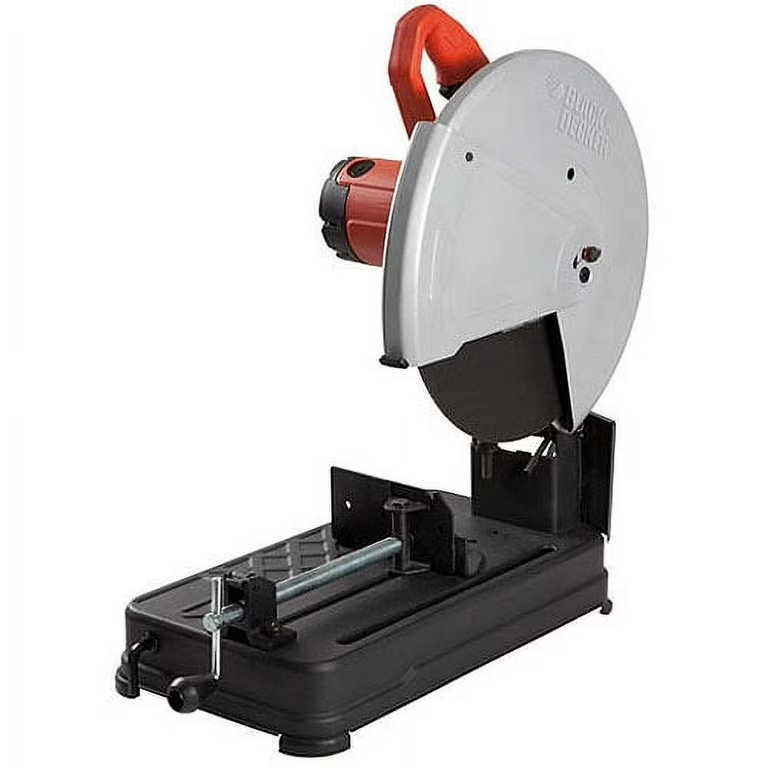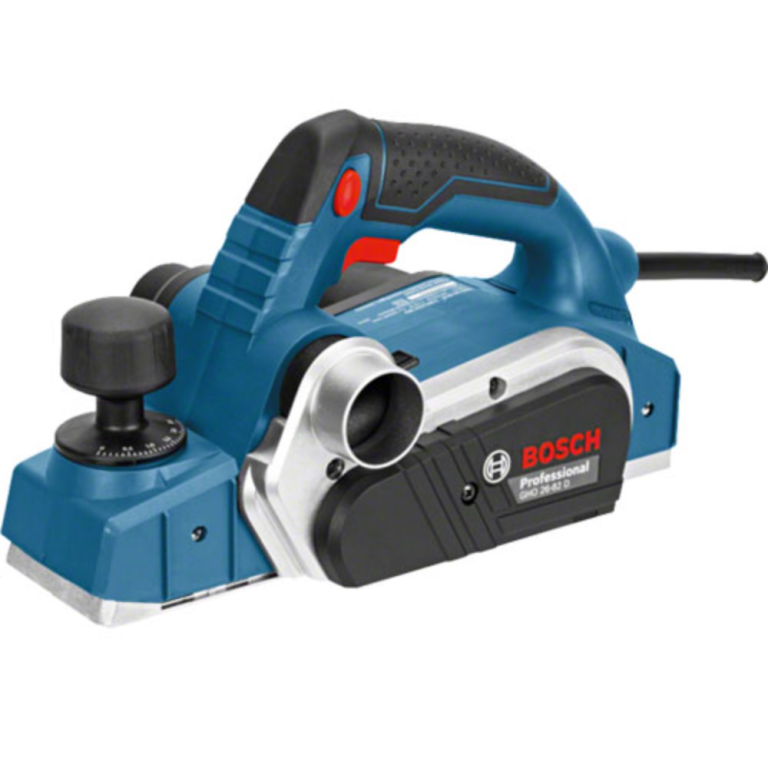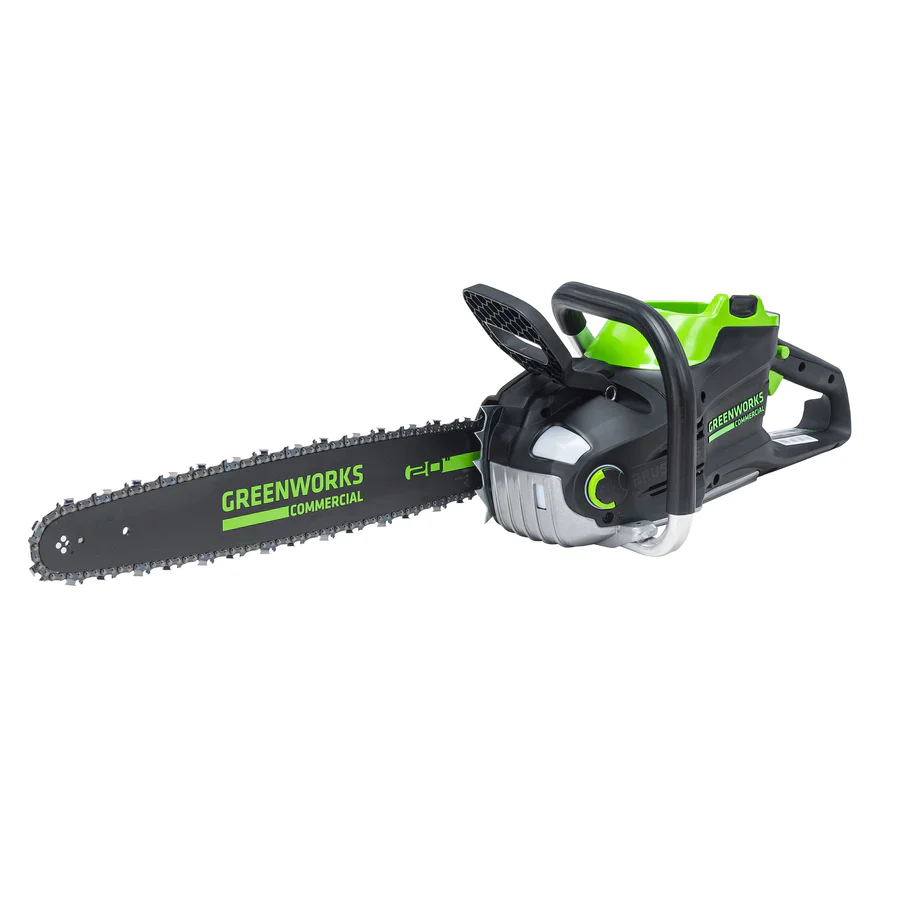
Electric Chainsaws: Powering Through Your Yard Work with Ease
Electric Chainsaws: Powering Through Your Yard Work with Ease
Electric chainsaws have revolutionized the world of yard maintenance and woodcutting. These powerful tools combine the cutting ability of traditional gas-powered chainsaws with the convenience and eco-friendliness of electric power. From pruning trees to cutting firewood, electric chainsaws offer a versatile solution for homeowners and professionals alike. This comprehensive guide explores the world of electric chainsaws, covering their types, features, usage techniques, and maintenance tips.
Types of Electric Chainsaws: Corded vs. Cordless Options
Electric chainsaws come in two main varieties: corded and cordless models. Corded electric chainsaws offer consistent power and unlimited runtime, making them ideal for extended use around the home. These models require a nearby power outlet and an extension cord, which can limit mobility. However, they provide steady performance without the need for battery changes or recharging. Cordless electric chainsaws, on the other hand, offer greater portability and flexibility. Powered by rechargeable batteries, these models allow users to work in remote areas without access to electricity.
Battery technology has improved significantly, with many cordless chainsaws now rivaling their corded counterparts in terms of power and runtime. Some cordless models even accept interchangeable batteries from other power tools, increasing their versatility. When choosing between corded and cordless options, consider factors such as the size of your property, the frequency of use, and the types of tasks you’ll be performing. Corded models often provide more power for heavy-duty tasks, while cordless options excel in mobility and convenience for lighter work. Some users opt to own both types, using corded models for extensive projects and cordless ones for quick touch-ups and remote work.
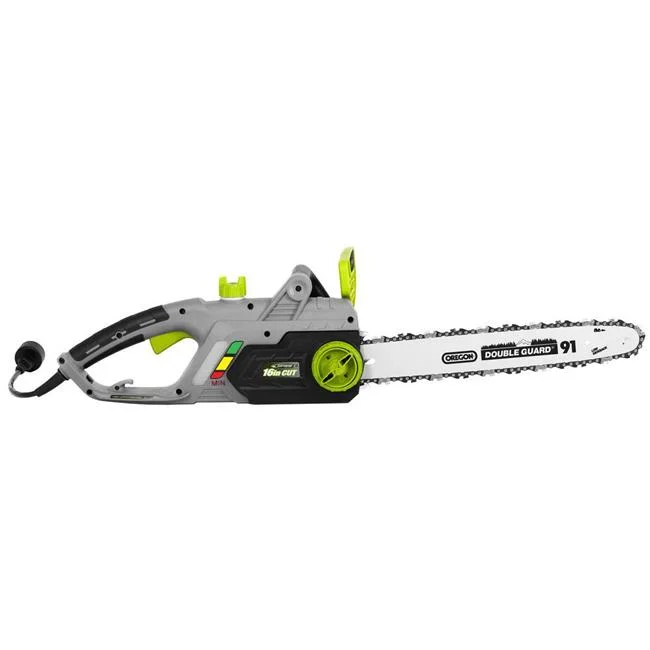
Key Features to Consider: Choosing the Right Electric Chainsaw
Several key features distinguish high-quality electric chainsaws from subpar models. Bar length plays a crucial role in determining the saw’s cutting capacity. Most electric chainsaws feature bars ranging from 10 to 18 inches, with longer bars capable of tackling larger trees and logs. However, longer bars also increase the saw’s weight and power requirements. Motor power, measured in amps for corded models and volts for cordless ones, affects the chainsaw’s cutting performance and ability to handle tough materials. Look for models with at least 8 amps or 40 volts for most home use. Chain speed, typically measured in feet per second, influences cutting efficiency.
Higher chain speeds generally result in smoother, faster cuts. Automatic chain oiling systems keep the chain lubricated during use, reducing wear and improving performance. Some models offer tool-free chain tensioning, allowing for quick adjustments without additional tools. Safety features such as chain brakes and hand guards protect users during operation. For cordless models, battery capacity and charging time significantly impact usability. Some advanced features to consider include anti-vibration systems for comfortable use, LED work lights for improved visibility, and compact designs for easy storage. When comparing electric chainsaws, also consider the warranty coverage and availability of replacement parts, as these factors can affect long-term value and usability.
Safety First: Essential Pre
cautions for Electric Chainsaw Use
Safety should always be the top priority when operating electric chainsaws. These powerful tools require respect and careful handling to prevent accidents. Start by wearing appropriate personal protective equipment (PPE). Safety glasses or a face shield protect your eyes from flying debris, while hearing protection guards against the loud noise produced by the chainsaw. Wear cut-resistant gloves to improve grip and protect your hands. Steel-toed boots provide foot protection, while snug-fitting clothing reduces the risk of entanglement. Before each use, inspect your electric chainsaw for any damage or wear. Check the power cord on corded models for frays or cuts, and ensure all safety features are functioning correctly.
Keep your work area clean and free of obstacles to prevent tripping hazards. When operating the chainsaw, maintain a stable stance and keep both hands on the saw at all times. Never cut above shoulder height or use the chainsaw on a ladder. Be aware of kickback, a sudden upward motion of the bar that can occur if the chain catches or pinches. To minimize kickback risk, avoid cutting with the upper quadrant of the bar tip. For cordless models, remove the battery when performing maintenance or changing the chain. Store electric chainsaws in a dry, secure location out of reach of children when not in use. Always read and follow the manufacturer’s safety instructions and recommendations. By adhering to these safety practices, you can minimize risks and enjoy the benefits of efficient, precise cutting with your electric chainsaw.
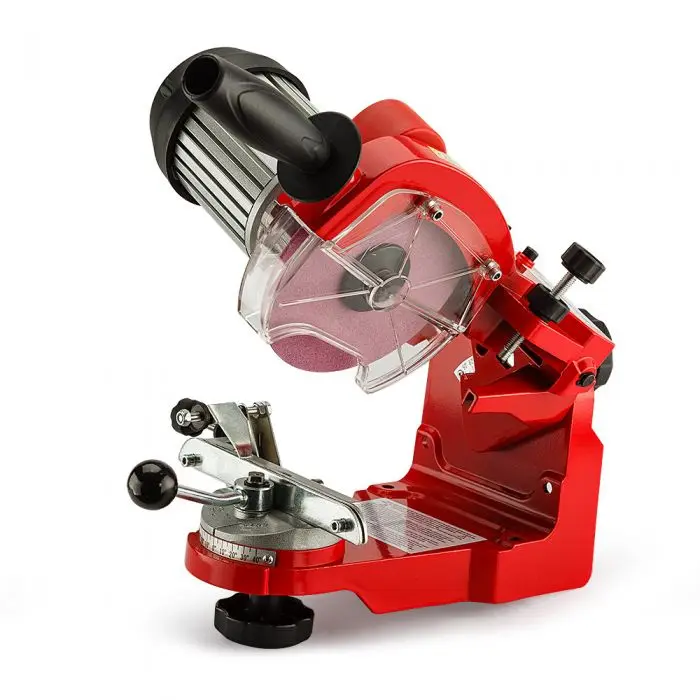
Proper Technique: Mastering the Art of Electric Chainsaw Operation
Mastering proper technique ensures efficient and safe operation of electric chainsaws. Begin by adopting a stable stance with feet shoulder-width apart and weight evenly distributed. Grip the chainsaw firmly with both hands, using the front handle for guidance and the rear handle for power and control. When starting a cut, allow the chain to reach full speed before contacting the wood. Use the bumper spikes at the base of the chainsaw to anchor it against the wood, creating a pivot point for the cutting motion. For straight cuts, use a steady, even pressure to guide the saw through the material. Let the chain do the work; excessive force can lead to kickback or loss of control. When making horizontal cuts, start from the top and work downward to prevent the wood from closing on the chain.
For vertical cuts, start at the highest point and cut downward, using gravity to assist the saw’s movement. When felling trees, always plan your escape route and ensure the fall zone is clear of obstacles and people. Make a horizontal cut about one-third of the way through the trunk on the side facing the intended fall direction. Then, make a downward cut at a 45-degree angle above the first cut, creating a wedge. Finally, make a felling cut from the opposite side, slightly above the horizontal cut. As the tree begins to fall, move away at a 45-degree angle from the fall line. For limbing fallen trees, work from the base toward the top, being cautious of branches under tension. By practicing these techniques and always prioritizing safety, you’ll improve your efficiency and confidence when using an electric chainsaw.
Maintenance Matters: Keeping Your Electric Chainsaw in Top Shape
Regular maintenance keeps your electric chainsaw performing at its best and extends its lifespan. After each use, clean the saw thoroughly, removing all wood chips and debris. Pay special attention to the chain, bar, and sprocket, as buildup in these areas can affect performance. Check the chain tension frequently, adjusting as necessary to maintain proper operation. A chain that’s too loose can come off during use, while an overly tight chain increases wear on both the chain and bar. Keep the chain sharp for efficient cutting; dull chains require more effort and can lead to dangerous situations. Learn to sharpen the chain yourself or have it professionally sharpened when needed.
Replace the bar when significant wear is evident. For corded models, inspect the power cord and plug for any damage, replacing them if necessary. Cordless models require proper battery care; follow the manufacturer’s recommendations for charging and storage to maximize battery life. Keep air intake vents clean to prevent motor overheating. Periodically tighten all accessible screws and bolts, as vibration can cause them to loosen over time. Store your electric chainsaw in a dry, dust-free environment, using a bar cover to protect the chain when not in use. By investing time in regular maintenance, you’ll ensure your electric chainsaw remains a reliable tool for years to come, ready to tackle any cutting task with ease and efficiency.

Troubleshooting Common Issues: Overcoming Electric Chainsaw Challenges
Even with proper technique and maintenance, electric chainsaw users may encounter various challenges. If the chainsaw won’t start, first check the power source. For corded models, ensure the outlet is functioning and the extension cord is undamaged. Cordless users should verify that the battery is charged and properly inserted. If power isn’t the issue, check for a tripped circuit breaker on the saw itself. Poor cutting performance often results from a dull or improperly tensioned chain. Sharpen the chain or adjust its tension as needed. If the saw cuts at an angle, the bar may be bent or worn unevenly; flip or replace the bar to resolve this issue. Excessive vibration can indicate a damaged or unbalanced chain; inspect for broken or worn links and replace the chain if necessary.
Oil leaks typically stem from overfilling the oil reservoir or damaged seals. Clean any oil residue and check for worn gaskets or seals, replacing them as needed. For cordless models, reduced runtime may indicate a failing battery; consider replacing the battery if it no longer holds a charge effectively. Unusual noises during operation can signal various problems, from loose components to motor issues. Inspect and tighten all fasteners, and if the noise persists, consult a professional for potential motor repairs. Chain slippage often occurs due to a worn sprocket; replace both the sprocket and chain to restore proper function. If the automatic oiling system fails, check for clogs in the oil ports and clean them thoroughly. By addressing these common issues promptly, you can maintain the performance and reliability of your electric chainsaw, ensuring it remains a valuable tool for all your cutting needs.
Accessories and Upgrades: Enhancing Your Electric Chainsaw’s Capabilities
Various accessories and upgrades can enhance the functionality and convenience of your electric chainsaw. Carrying cases protect the saw during transport and storage, while also providing space for accessories. Replacement chains and bars allow for quick changes when needed, ensuring you’re always ready for different cutting tasks. For cordless models, extra batteries extend runtime for larger projects. Some manufacturers offer rapid chargers that significantly reduce charging time. Chainsaw sharpening kits enable users to maintain their chains at home, saving time and money on professional sharpening services. Bar and chain oil specifically formulated for electric chainsaws ensures proper lubrication and reduces wear.
For users working in low-light conditions, some models accept LED light attachments for improved visibility. Felling wedges assist in directing the fall of trees during removal. Bucking spikes, also known as bumper spikes, can be added to some models to provide better control during cutting. For those concerned about environmental impact, biodegradable chain oils offer an eco-friendly alternative to traditional petroleum-based products. Some manufacturers provide specialized bars for particular tasks, such as carving or pruning. While these accessories can be valuable, prioritize those that address your specific needs and work patterns. Quality basic accessories, such as spare chains and proper safety gear, often provide the most immediate benefits. By carefully selecting accessories and upgrades, you can tailor your electric chainsaw to your specific requirements, improving both the quality of your work and your overall efficiency in tackling various cutting tasks.

Environmental Impact: The Green Advantage of Electric Chainsaws
Electric chainsaws offer significant environmental benefits compared to their gas-powered counterparts. By eliminating the need for gasoline, these tools reduce direct emissions of greenhouse gases and other pollutants. This reduction in emissions not only benefits the global environment but also improves air quality in the immediate work area. Electric models produce less noise pollution, making them more neighbor-friendly and suitable for use in noise-sensitive areas. The quieter operation also reduces stress on the operator and minimizes disturbance to wildlife. Maintenance of electric chainsaws typically involves fewer harmful chemicals, as there’s no need for gas-oil mixtures or extensive cleaning solvents. This reduction in chemical use decreases the risk of soil and water contamination.
Electric chainsaws generally have a longer lifespan than gas models, reducing the frequency of replacements and the associated environmental impact of manufacturing and disposal. For cordless models, advancements in battery technology have improved efficiency and reduced the environmental footprint of battery production and disposal. Many manufacturers now offer recycling programs for old batteries, further minimizing their environmental impact. The use of electric chainsaws aligns with broader trends towards electrification in outdoor power equipment, supporting the transition to cleaner energy sources. As power grids increasingly incorporate renewable energy, the environmental benefits of electric tools continue to grow. By choosing electric chainsaws, users contribute to reduced carbon emissions and promote more sustainable practices in yard maintenance and forestry work.
Choosing the Right Electric Chainsaw: Matching the Tool to Your Needs
Selecting the right electric chainsaw depends on understanding your specific needs and the tool’s capabilities. Consider the size of the trees or branches you’ll typically be cutting. For light pruning and small branches, a compact 10-inch bar may suffice. Medium-sized jobs, such as cutting firewood or felling small trees, often require 14 to 16-inch bars. Larger tasks may necessitate 18-inch bars or longer. Evaluate your property size and the availability of power sources. Corded models work well for smaller yards with accessible outlets, while cordless options offer greater flexibility for larger properties or remote work. Assess your comfort level with power tools and chainsaw operation.
Some models offer features like tool-free chain tensioning and automatic oiling, which can be particularly helpful for beginners. Consider the frequency of use; occasional users may prioritize ease of use and storage, while frequent users might focus more on power and durability. Factor in your physical strength and endurance, as larger, more powerful models can be heavier and more challenging to maneuver.
Budget also plays a role, but remember to consider long-term costs such as maintenance and potential battery replacements for cordless models. Read reviews and compare specifications from reputable manufacturers to ensure you’re getting a quality tool that meets safety standards. If possible, test different models to get a feel for their weight, balance, and controls. By carefully considering these factors, you can choose an electric chainsaw that not only meets your current needs but also serves you well for years to come, making your yard work and wood-cutting tasks more efficient and enjoyable.
